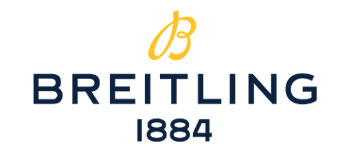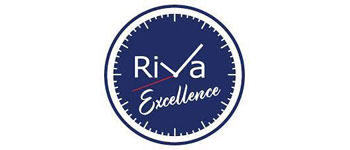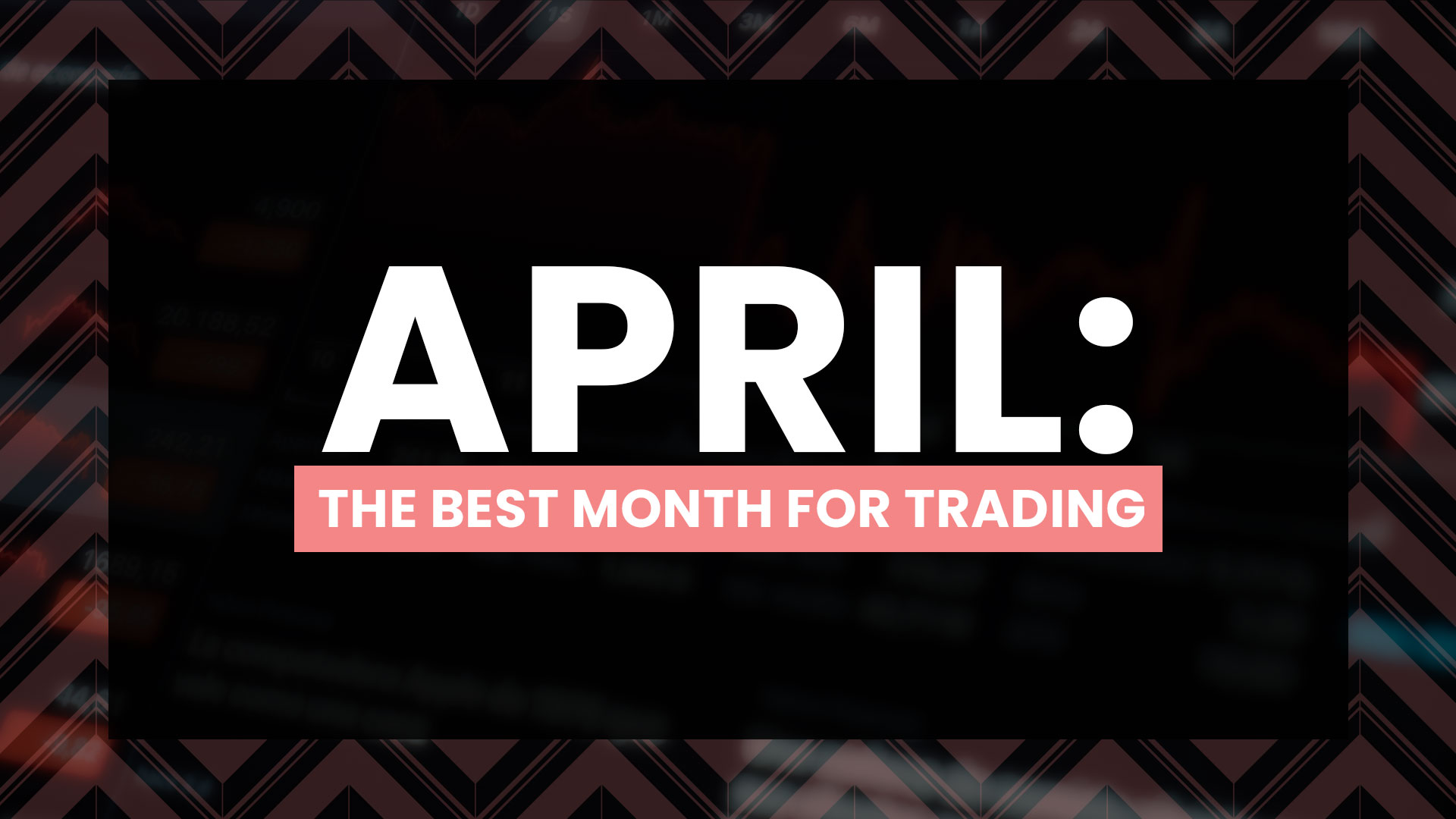In the world of forex trading, accurate analysis is the key to success. Traders often employ various strategies and tools to predict market movements and make informed decisions. While there are numerous technical and fundamental analysis methods available, one unique approach that can be surprisingly effective is incorporating nautical techniques into forex analysis. Let’s explore the correlation between nautical navigation and forex trading, highlighting how concepts such as charting, trends, indicators, and risk management can be adapted from the maritime world to enhance your trading strategies.
Setting Sail: The Importance of Charting

Just as navigators rely on charts to guide their vessels, forex traders depend on charts to navigate the currency markets. In both cases, the purpose is to identify patterns and make calculated decisions based on historical data. Forex charts, such as line charts, bar charts, and candlestick charts, provide valuable insights into price movements, trends, and market sentiment.
For example, a forex trader can utilize candlestick charts to identify key reversal patterns, such as doji, hammer, or shooting star, which indicate potential changes in market direction. By studying these patterns, traders can identify support and resistance levels, breakouts, and potential entry and exit points for trades.
Riding the Waves: Recognizing Trends
Nautical techniques teach us to recognize the different types of waves, and similarly, forex traders must identify market trends. The waves of the forex market represent price movements over time. Traders can apply nautical techniques such as wave analysis to identify the direction and strength of trends.
For instance, a forex trader can utilize trend lines to connect higher lows during an uptrend or lower highs during a downtrend. By drawing these lines on a chart, traders can visually identify the trend and make informed decisions accordingly. Additionally, moving averages can be used to smoothen out price fluctuations and determine the overall direction of the market.
Navigating Storms: Using Indicators

Just as sailors utilize instruments to navigate through rough weather, forex traders rely on indicators to interpret market conditions. Indicators are mathematical calculations based on price and volume data that provide insights into market trends and potential reversals.
One nautical technique that can be applied in forex trading is the Relative Strength Index (RSI). RSI helps traders identify overbought or oversold conditions in the market, indicating potential trend reversals.
By combining the RSI with other indicators such as moving averages or trend lines, traders can confirm signals and make more informed trading decisions. Similarly, the Moving Average Convergence Divergence (MACD) indicator can be utilized in forex analysis. The MACD helps identify trend momentum and potential entry or exit points. By analyzing the crossovers and divergences between the MACD line and the signal line, traders can identify potential buy or sell signals.
Plotting Your Course: Developing a Forex Strategy
Navigators create voyage plans to reach their destination, and forex traders develop strategies to achieve their trading goals. By integrating nautical techniques into forex analysis, traders can create robust trading strategies.
For example, a trader can use the concept of "dead reckoning," which involves making calculated estimations based on available data, to determine optimal entry and exit points for trades. This approach considers factors such as historical price patterns, key support and resistance levels, and market sentiment to make informed trading decisions.
Furthermore, risk management techniques used in sailing, such as setting stop-loss orders or using trailing stops, can be applied to protect capital and manage risk in forex trading. Just as sailors adjust their course to avoid storms, traders can adapt their strategies by employing proper risk management techniques to minimize losses and maximize profits.
Smooth Sailing: Combining Nautical and Forex Knowledge

Successfully sailing through the forex market requires a combination of technical expertise and a deep understanding of nautical techniques. Traders should continuously educate themselves on both aspects.
It is important to stay updated on the latest forex news, market events, and economic indicators, while also studying nautical techniques and applying them to your trading approach. By expanding your knowledge base and exploring various nautical techniques, you can gain a unique perspective on the currency markets and improve your trading strategies.
For instance, traders can learn from the concept of "bearing," which refers to the direction of a vessel relative to a fixed point. In forex trading, traders can determine the overall direction of the market using various tools like trend lines, moving averages, or even sentiment analysis. This understanding can help traders navigate through different market conditions with more confidence.
Additionally, nautical techniques emphasize the importance of being adaptable and responsive to changing conditions. Forex traders can apply this concept by being flexible in their trading strategies and adjusting their approach based on market trends and indicators. By constantly evaluating and reassessing their trades, traders can identify when to adjust their positions, tighten or loosen stop-loss orders, or even exit trades early to protect capital.
Lastly, incorporating nautical techniques can also address the psychological aspect of trading. Navigating the forex market can be challenging, with emotions playing a significant role in decision-making. Nautical techniques emphasize discipline, patience, and maintaining a clear mind under pressure. Traders can apply these principles by sticking to their trading plans, avoiding impulsive decisions, and managing emotions such as fear and greed.
Luxury Investing: Navigating the High Seas of Stocks and Other Assets
When exploring the connection between nautical techniques and forex analysis, it's worth noting that these techniques can also be extended to other asset classes, such as luxury goods and stocks. Just as skilled sailors navigate the vast oceans, investors can employ nautical principles to navigate the dynamic world of luxury investments and stocks.
Luxury investments encompass assets like rare watches, fine art, vintage cars, and collectibles. These assets often exhibit similar characteristics to the forex market, including fluctuating values and trends. By applying nautical techniques to luxury investing, investors can make informed decisions and seize opportunities in this exclusive market.
For instance, the concept of charting can be applied to luxury investments by studying historical price patterns and market trends for specific items. Traders can analyze auction records, monitor market demand, and identify patterns in price fluctuations to make more informed buying and selling decisions.
Similarly, recognizing trends is crucial in luxury investing. Just as forex traders identify trends in currency pairs, investors can identify trends in luxury assets. By staying updated on market trends, consumer preferences, and societal shifts, investors can anticipate rising trends and position themselves accordingly. This can involve investing in emerging luxury brands, recognizing shifts in consumer preferences, or diversifying their portfolio across different luxury asset classes.
When it comes to luxury brands that are associated with nautical, several names stand out for their commitment to craftsmanship, quality, and the maritime lifestyle. Here are some notable brands that evoke a sense of luxury and have a strong connection to nautical:

Rolex: Known for its precision and elegance, Rolex is a renowned luxury watch brand that has deep ties to the world of sailing and yachting. Rolex is a sponsor of prestigious sailing events like the Rolex Sydney Hobart Yacht Race and the Rolex Fastnet Race, highlighting its affinity for the nautical world.

Breitling: Specializing in chronograph watches, Breitling is another luxury watch brand with a rich nautical heritage. The brand has a strong association with aviation and maritime activities, offering timepieces that cater to both professional and recreational sailors.

Louis Vuitton: A globally recognized luxury brand, Louis Vuitton extends its craftsmanship and elegance to the world of yachting. The brand's collection includes exclusive luggage, travel accessories, and sailing gear that embody luxury and functionality, catering to discerning sailors.

Riva: A symbol of Italian luxury and craftsmanship, Riva is a renowned yacht manufacturer. Riva yachts are known for their exquisite design, attention to detail, and superior performance. Owning a Riva yacht is a statement of prestige and elegance in the yachting world.

Sunseeker: As one of the leading luxury yacht builders, Sunseeker is synonymous with opulence and innovation. The brand's yachts combine cutting-edge technology, stylish design, and exceptional comfort, catering to those seeking a luxurious and exhilarating experience on the water.

Henri Lloyd: With a strong heritage in sailing and yachting, Henri Lloyd is a premium British brand that offers high-quality technical clothing and gear for sailors. Known for its innovative fabrics, performance-driven designs, and timeless style, Henri Lloyd provides a blend of functionality and luxury.

Prada: While primarily known for its fashion and accessories, Prada has also made a mark in the sailing world. The brand has sponsored sailing teams and events, including America's Cup, showcasing its commitment to the nautical lifestyle and its passion for excellence.
When it comes to luxury brands that are associated with nautical, several names stand out for their commitment to craftsmanship, quality, and the maritime lifestyle. Here are some notable brands that evoke a sense of luxury and have a strong connection to nautical:
Final Thoughts
By charting your course using nautical techniques for forex analysis, you can gain a unique perspective on the currency markets. Incorporating nautical concepts such as charting, trend analysis, indicators, and risk management can enhance your trading strategies and improve your decision-making process.
Remember to continually educate yourself on both forex trading and nautical techniques to stay ahead of the curve. Analyzing charts, recognizing trends, and utilizing indicators based on nautical principles can provide valuable insights into market behavior and increase your chances of success as a forex trader.
With practice and experience, you can effectively navigate the forex market just as a skilled navigator charts their course across the open sea. Embrace the synergy between nautical and forex knowledge, and set sail on your trading journey with confidence and precision.



















